 If you jump without looking you might get swept away. 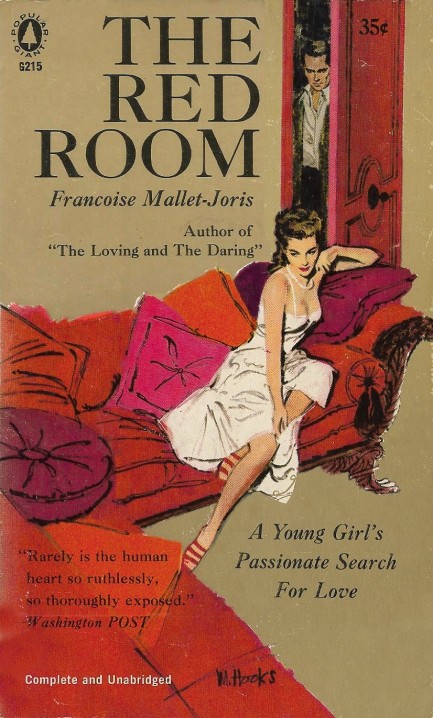
The book you see above, a 1958 Popular Library edition of The Red Room by Belgian author Françoise Mallet-Joris, was picked up for us by a friend who thought he was buying a pulp novel. He was attracted by the cover, and it's indeed fine work, from the skilled brush (and possibly ink quill and charcoal pencil) of Mitchell Hooks. As for the novel, it was originally published in 1955 as La chambre rouge and was a sequel to 1951's Le rempart des Béguines.
When someone buys us a book we always read it out of appreciation and respect, even romance novels, and in reading The Red Room we were reminded once again of the skill gap between literary and crime fiction. There are obviously excellent, transcendent crime writers (and literary fiction that misses the mark), but Mallet-Joris—even translated—spins evocative phrases as deftly as a weaver with a loom. Like this one:
The presence of winter—vulgar winter, befurred and jangling her crystal adornments—was scarcely felt in the small white and gold drawing room.
Isn't that nice? It's not Hammett describing a gangster popping off shots in a crowded bar, but it's still fun to read. The tale is a coming of age breast-beater set in Gers, France in which the main character, eighteen-year-old Hélène Noris decides to steal the dashing young film director her hated stepmother Tamara has earmarked for extra-marital games. That actually sounds kind of pulp, doesn't it? Well, just wait.
At some point it becomes clear that Hélène had been Tamara's young lover (probably this is the central plot of the previous book). Tamara and Hélène had been carrying on, but in order to secure for herself a stable existence Tamara decided to marry Hélène's father. Thus, The Red Room charts Hélène as she impulsively steals her stepmother's crush, only to find herself getting in too deep with someone who's more experienced and decisive than any man she's known.
Needless to say, that plot sounds like some of the sleaze novels we highlight here, which would make you wonder, in terms of public perception, at which point the lowbrow becomes highbrow. And the easy answer to that is: when you can write like Mallet-Joris. Overall, The Red Room is probably a little too genteel and interiorized for most pulp readers, but we liked it. Consider that less a recommendation than an acknowledgment of talent.
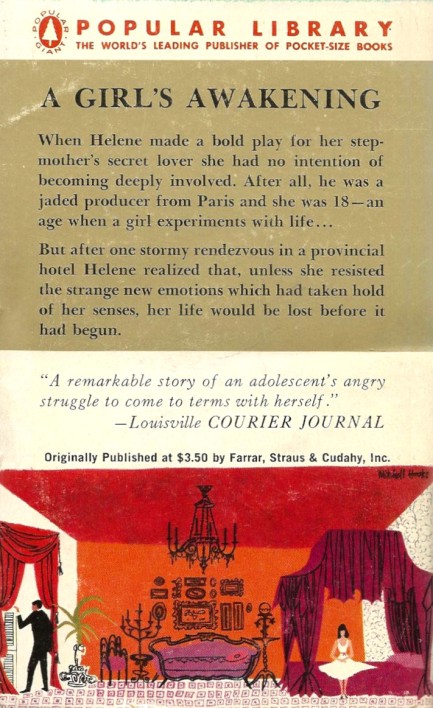 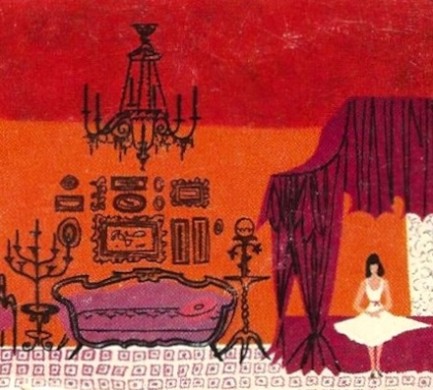
 It creates a tiny hole but a huge dilemma. 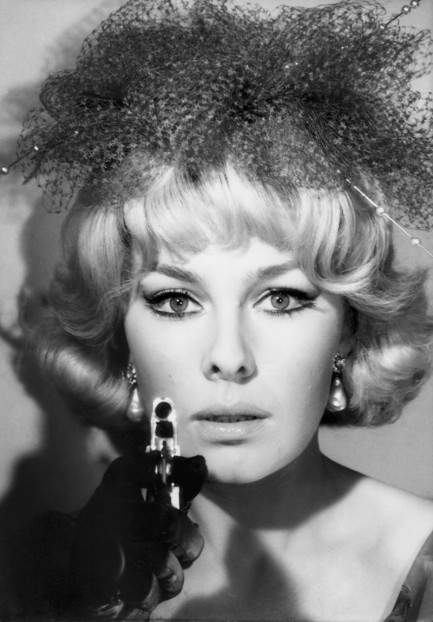
This photo shows Belgian actress Dominque Wilms in full femme mode as she brandishes a teeny weeny prop pistol while promoting her 1966 film Um Null Uhr schnappt die Falle zu, known in English as The Trap Snaps Shut at Midnight. We've shown you Wilms before, spectacularly, and she also starred at least once as a book cover model—though possibly without her knowledge. See those images here and here.
 All other predators pale by comparison. 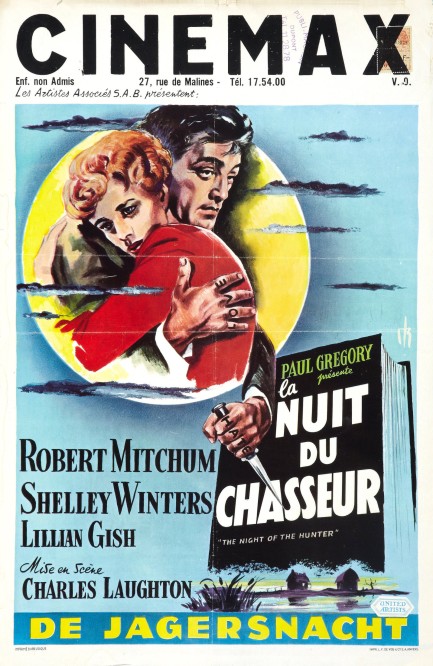
Belgium usually delivers when it comes to vintage film posters. Above is a Belgian promo in French and Dutch for the iconic chiller The Night of the Hunter, titled in French La nuit du chasseur and in Dutch De jagersnacht. “Jagersnacht” sounds like something weird and wicked, like a monster from Lewis Carroll, but it means the same as the English title—“hunter's night.” Belgian vintage posters often bear the name of the exhibiting cinema. We've shared examples from Ciné Odeon, Acropole, Varieties, Plaza, and Capitole, twice. The above poster bears the name of Cinemax, which was located at 27 Rue de Malines in Antwerp, and was called at different times the Cineum, Rubens, and Apollo. Looking more closely at the art, it was printed by L.F. de Vos & Co. S.A. Anvers, also from Antwerp, and the work is signed by “RK”—if we're reading it correctly. We've got nothing on RK, but his or her work is top notch, so we'll keep an eye out for more. Night of the Hunter premiered in the U.S. in 1955 and reached Belgium today in 1956.
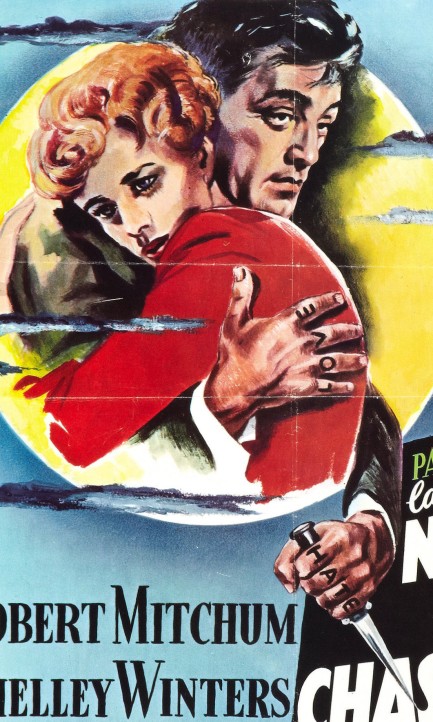
 By whatever means necessary. 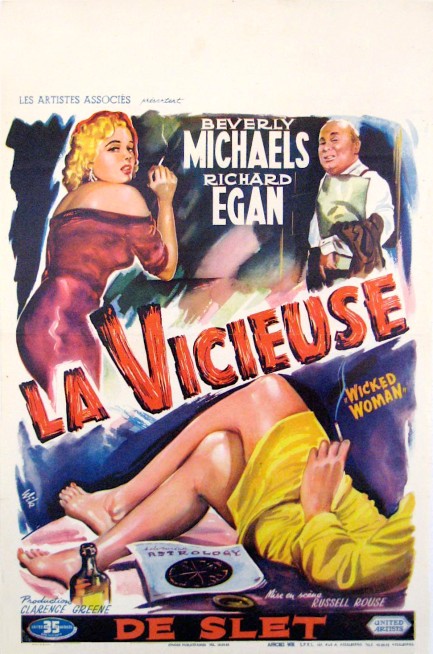
Above is a Belgian poster for the 1953 film noir Wicked Woman, originally made in the U.S. starring Richard Egan and, in one of her classic femme fatale roles, Beverly Michaels. Generally, because of the predominant languages used in Belgium, posters from there carried both French and Dutch text. In French Wicked Woman was titled La vicieuse, and in Dutch it was De slet (you can guess what that means). Our header for this post is a play on the never ending debate over whether film noir is a genre or a cycle. Either way, what it produced was always vicious. We briefly talked about Wicked Woman some years ago and shared the U.S. poster. This effort is from the presses of S.P.R.L. Belgique and it's signed by Wik, an artist who remains a mystery. Below, you see Michaels pondering the wickedness of her behavior and deciding she's fine with it.
 Venus shows her dark and light sides. 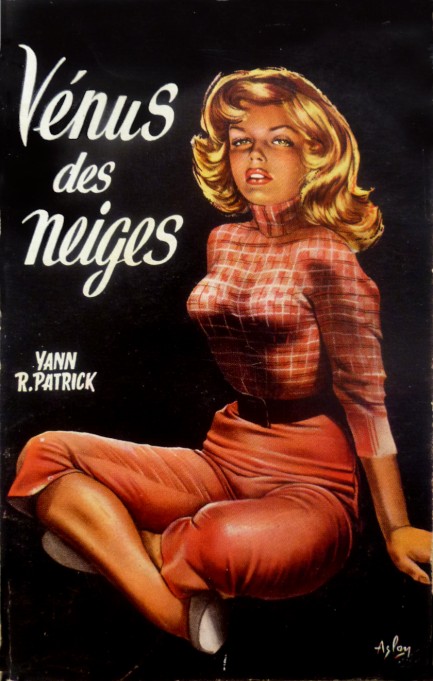 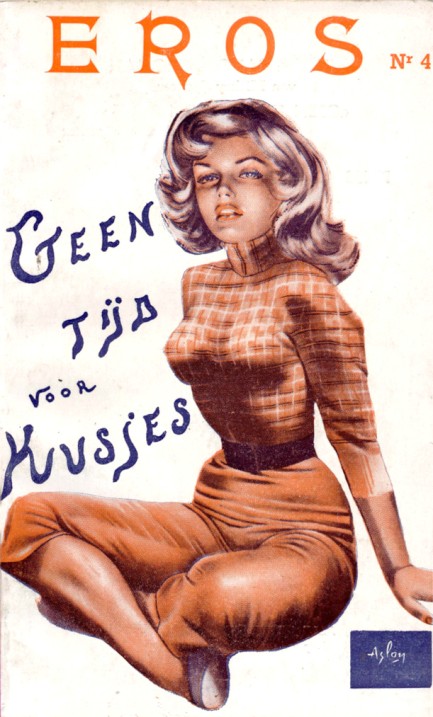
Above are two versions of a piece of Alain Gourdon art first used on Yann R. Patrick’s Vénus des neiges by Éditions de l’Arabesque in 1955, then repurposed by Antwerp based Uitgeverij Eros for Mickey Spencer's Geen tijd voor Kusjes. Everyone's an aka here. Gourdon painted under the moniker Aslan, Patrick was really Jacques-Henri Juillet, and Spencer is an obvious pseudonym, though we don't for whom. Whether dark or light, this is lovely work.
 There are very few limits to how fur she'll go for fashion. 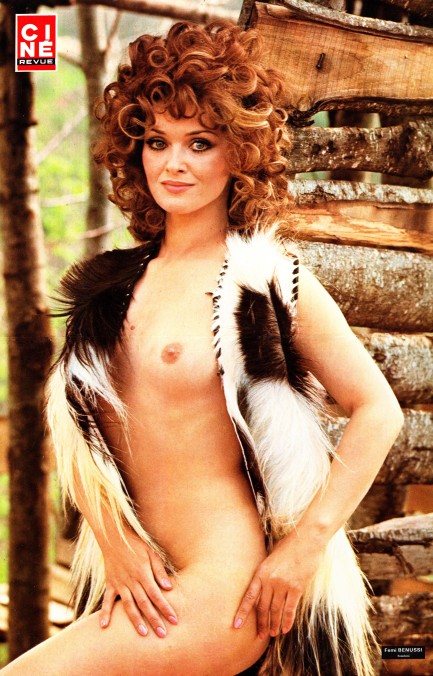
This shot of Italian actress Femi Benussi made by prolific lensman Angelo Frontoni is from a 1977 issue of Ciné-Revue, and shows her wrapped (sort of) in a fur vest, probably made of skunk, which was a trendy choice for coats at the time. Benussi appeared in more than eighty films, among them Tarzana sesso selvaggio and Nude per l'assassino, aka Strip Nude for Your Killer. At some point she became a fixture in commedie sexy all'italiane, a sub-genre of goofy titillation flicks, with humor so sophomoric you'll beg for mercy. Well, you don't have to beg to see Benussi back on Pulp Intl. There are a few more movies of hers we'd like to check out, so she'll return.
 Markov plants vivid ideas in readers' heads. 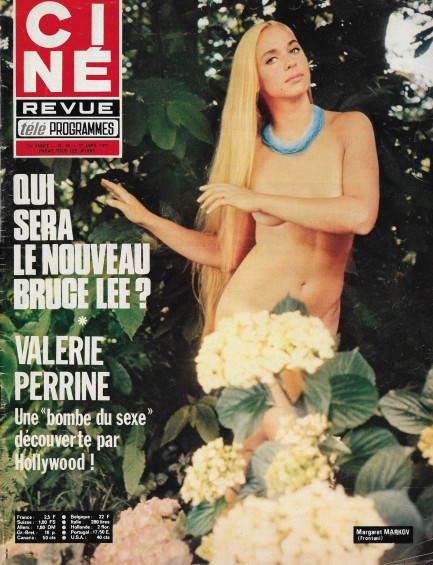
Remember the side trip to France we mentioned? Today you see the first of our acquired items, an issue of the cinema and television magazine Ciné-Revue, which was based in Belgium and published throughout Europe and the French speaking world. This one appeared today in 1975, and who is that on the cover other than Margaret Markov, a favorite star of bad U.S. exploitation movies of the era? We've seen her hanging out in the woods before. Remember this shot? The cover and centerfold of today's magazine, like that previous image, were made by Italian lensman Angelo Frontoni, who photographed scores of international actresses during the ’60s and ’70s. You've seen his work often on our website: check here, here, and especially here. He does a bang-up job with Markov, bringing to mind mythical gardens and similar fertile places. Inside the magazine are celebs such as Valerie Perrine, Anne Libert, Clark Gable, Carole Lombard, Marion Davies in a tinted shot, and on the rear cover John Phillip Law shows that he dresses to the left. That one's mostly for the Pulp Intl. girlfriends, but everyone should have a scroll and enjoy. 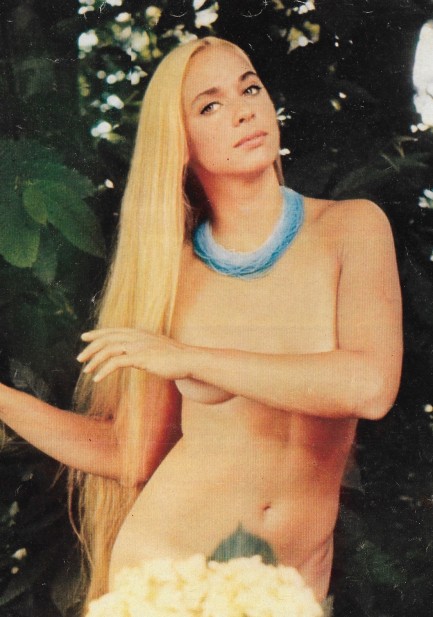 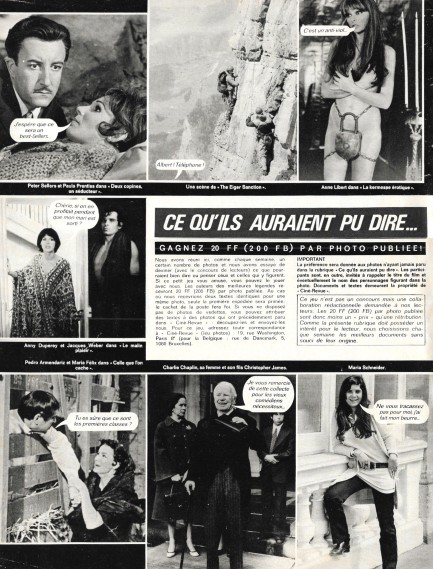 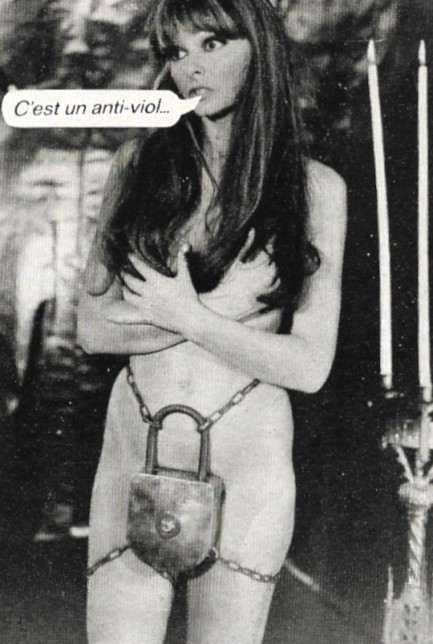 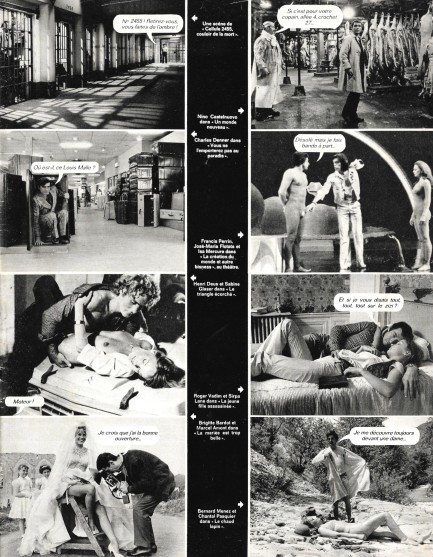  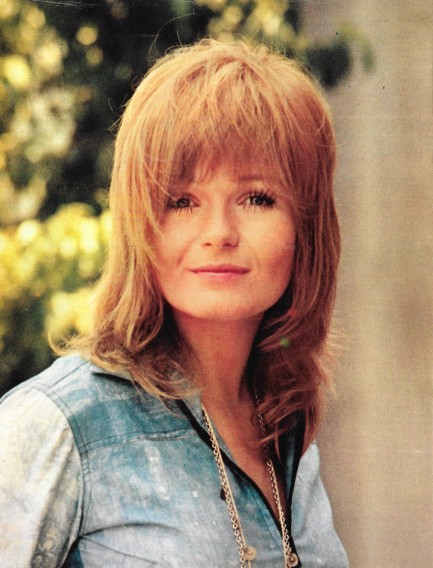 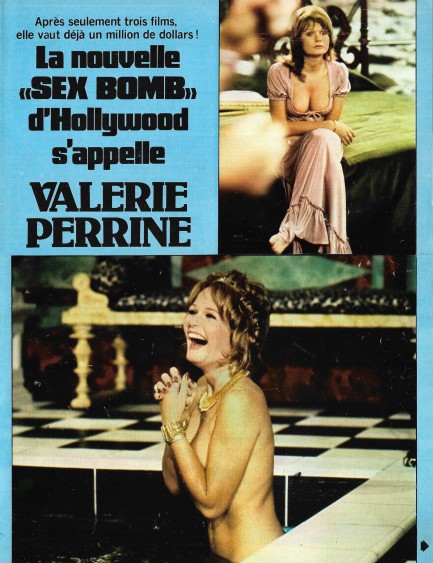 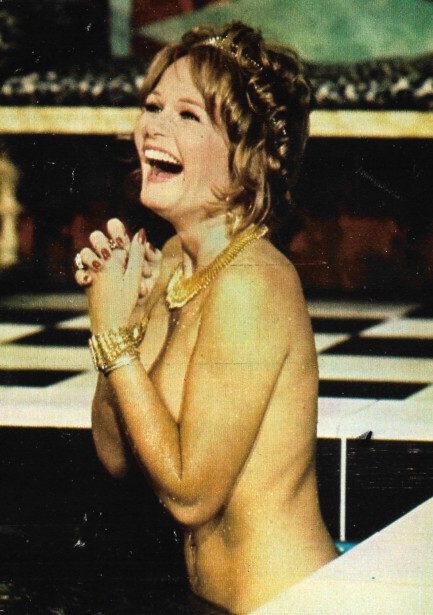 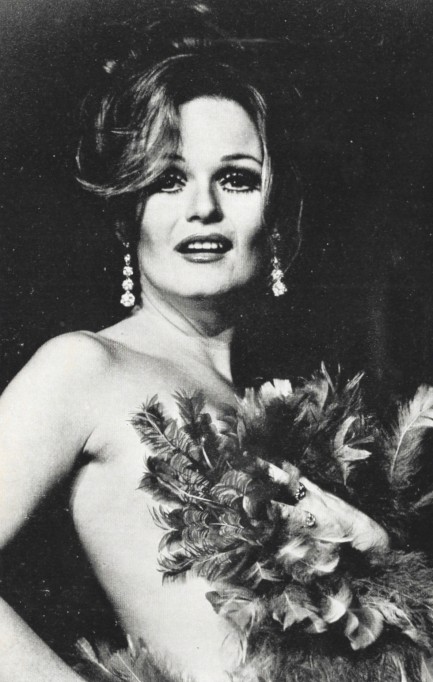 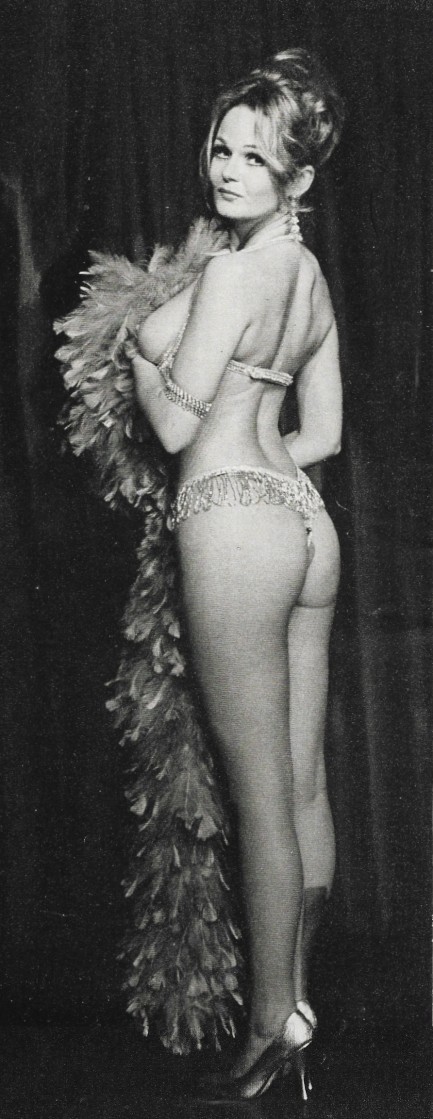 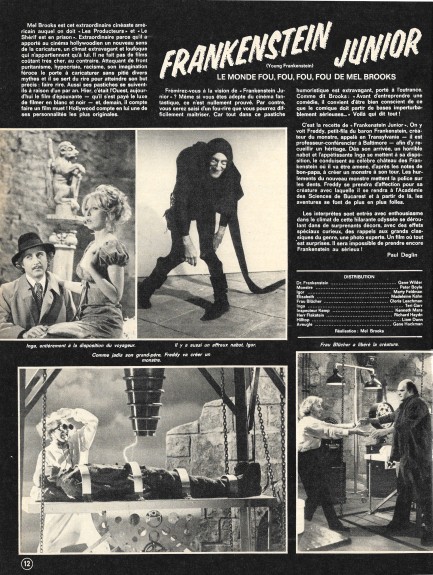 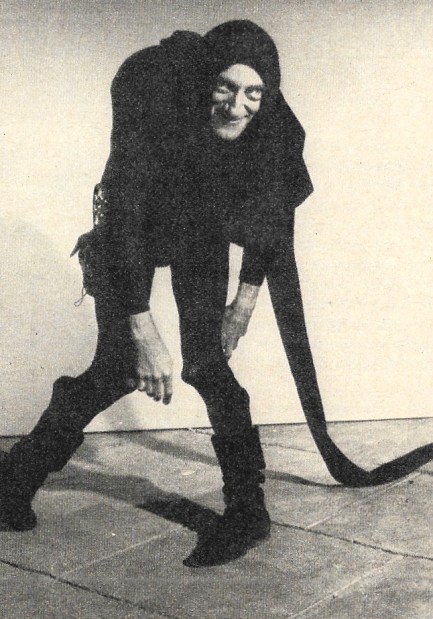 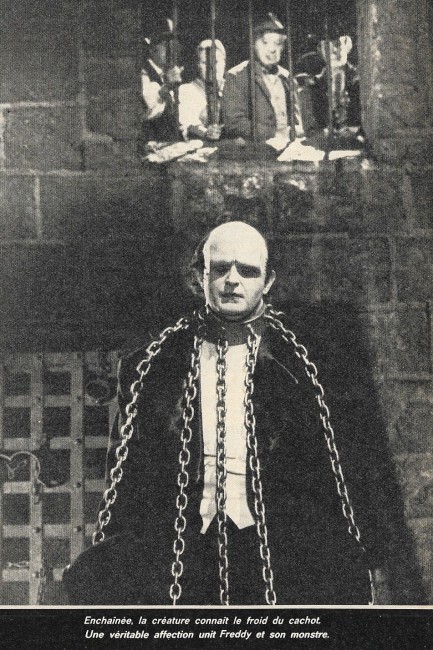 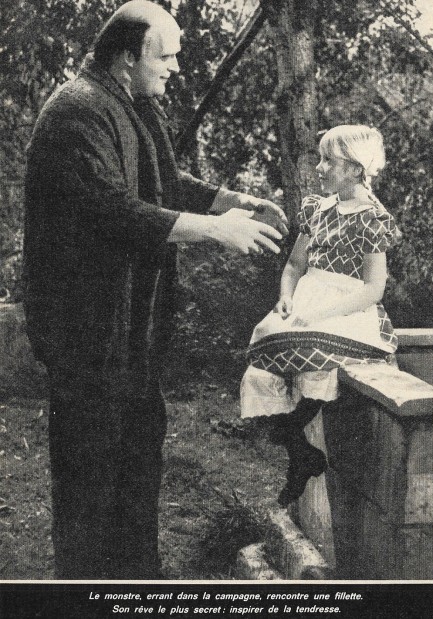 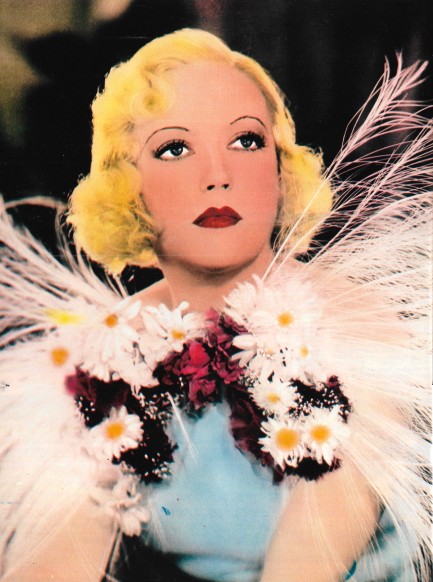 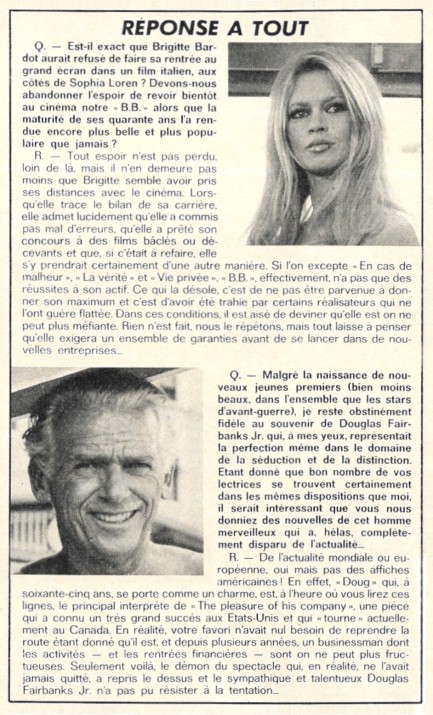 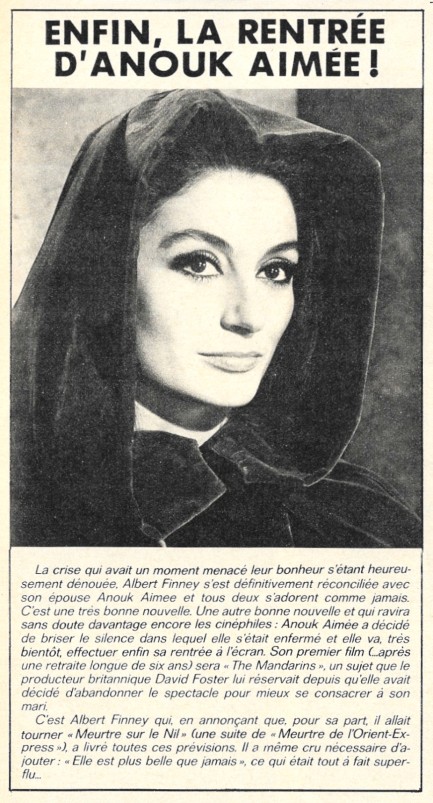 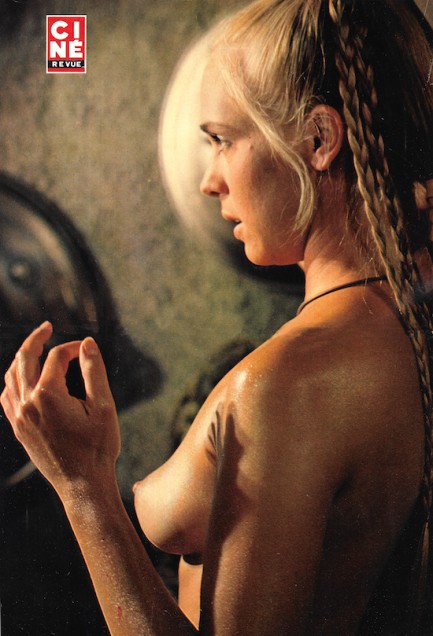  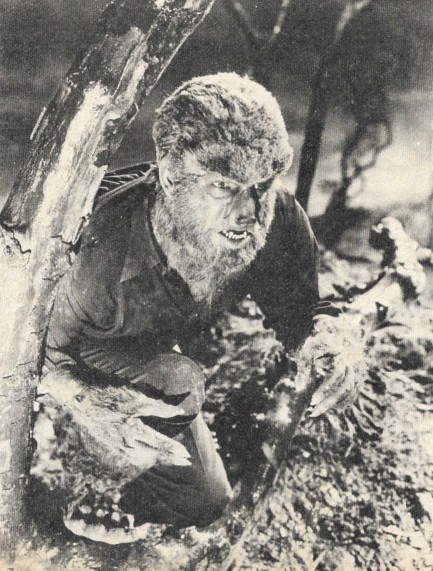 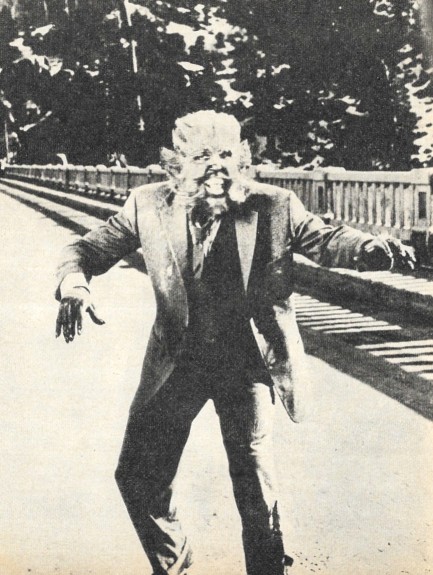 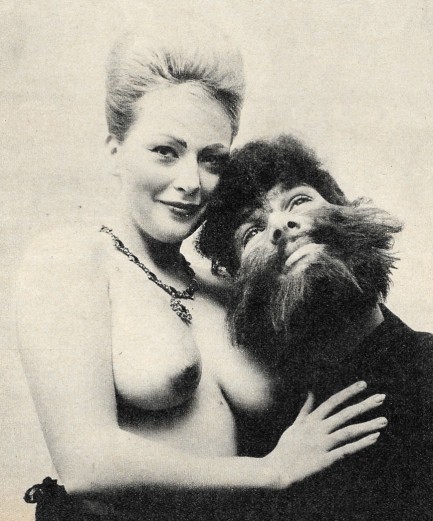 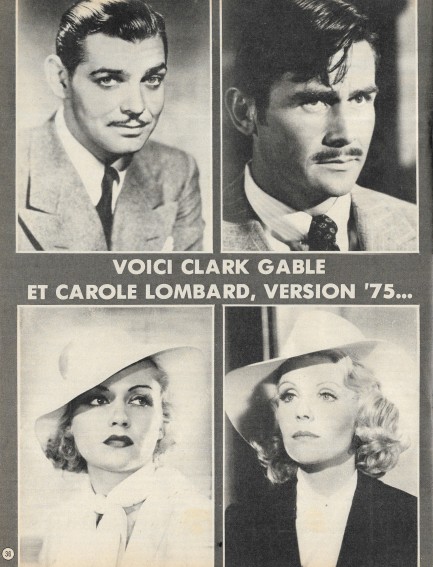 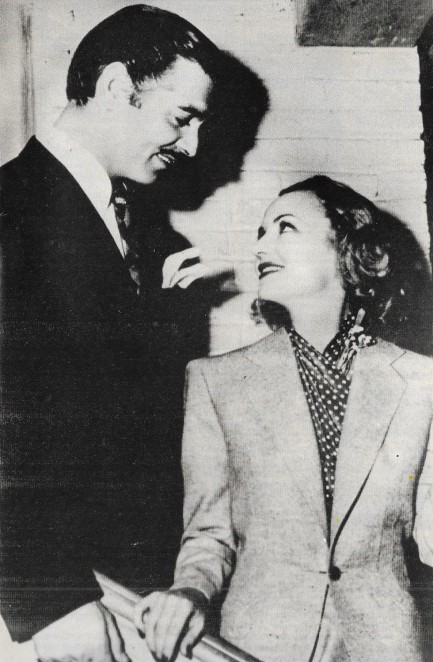  
 The train is headed to L.A. but some passengers make their last stop long before then. 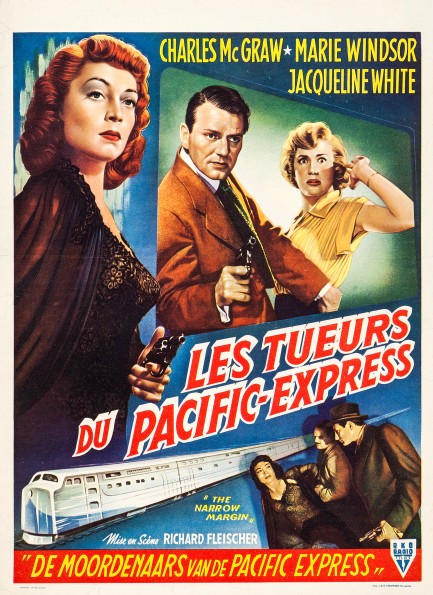
Les tueurs du Pacific Express is one of two French titles for the 1952 film noir The Narrow Margin, with Charles McGraw and Marie Windsor. The other was L'énigme du Chicago Express, which was used for France. But the above poster is Belgian, which you can always tell because there's also a Dutch title—in this case De moordenaars van de Pacific Express. We've already shown you the U.S. and Italian promos for this, so if you're interested you can click over to those and learn a bit more about the film. It premiered in Belgium today in 1953.
 She's one cool cat burglar. 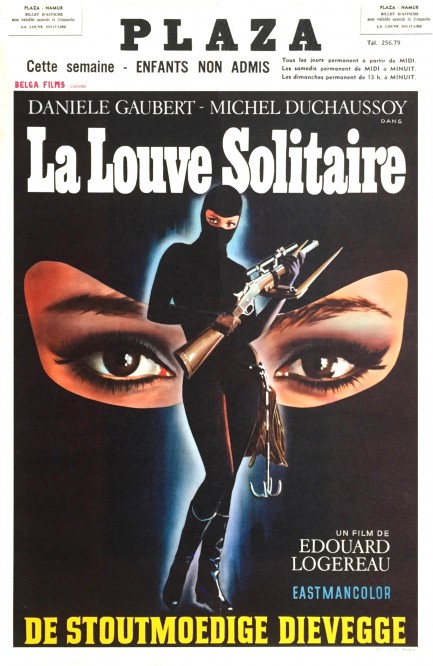
We have bit of tasty French style for you with this poster for La louve solitaire, a film that premiered today in 1968 and starred Danièle Gaubert. The movie is sourced from a series of novels by Albert Saine-Aube, and plotwise Gaubert plays a Parisian real estate agent by day/leotard wearing cat burglar by night. When she's caught in the act of a robbery by two government agents who've been lying in wait for her, she's blackmailed into working for them. The government duo want her to make a daring theft that will help bring down an international drug smuggling network. She's assigned a helper in the form of Michel Duchaussoy, so the movie becomes a sort of partners-in-crime adventure with a side of romantic tension. Gaubert, of course, finds herself in more danger than she expected, and after the caper the crooks she's robbed are hellbent on revenge.
Just looking at the poster, which you may have noticed is actually a French- and Dutch-language promo from Belgium, you can tell that the movie provides high style in a similar vein as cult flicks such as Danger: Diabolik and Modesty Blaise. Like those films, La louve solitaire features nice outfits, hip lingo, and nightclub scenes, plus Gaubert rolling around in a blood-red Pontiac Firebird that qualifies as pure car porn. Also like those other movies, La louve solitaire isn't fully successful from an execution standpoint, however because it's among a group that was at the forefront of portraying women as physically dangerous ass-kickers with specialized skills (Gaubert's thief character is a trapeze artist), it's worth seeing for historical perspective alone.
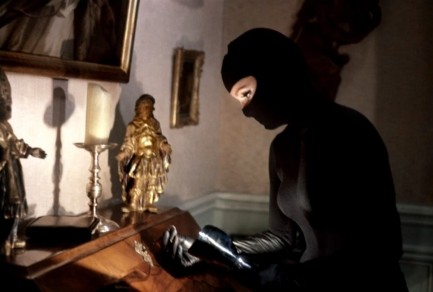 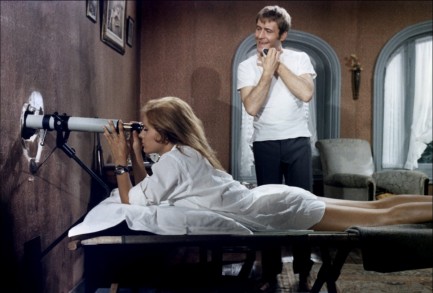 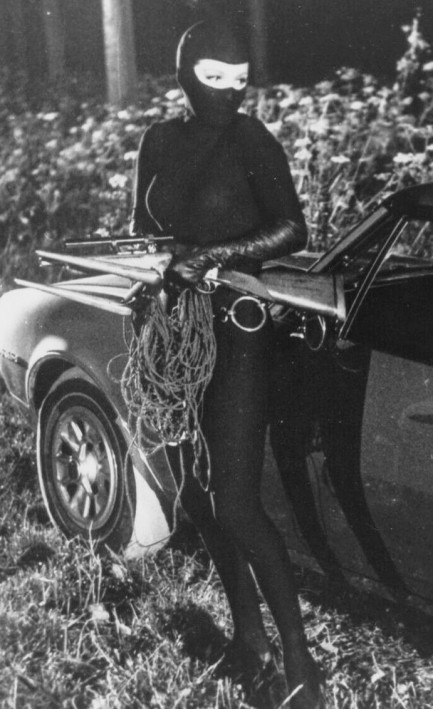 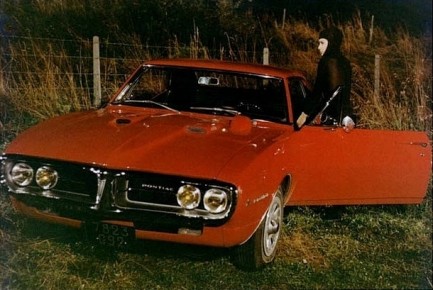 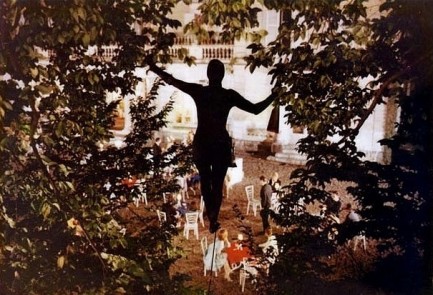 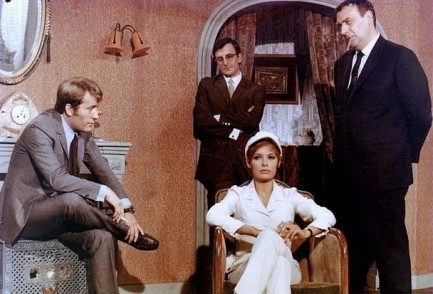 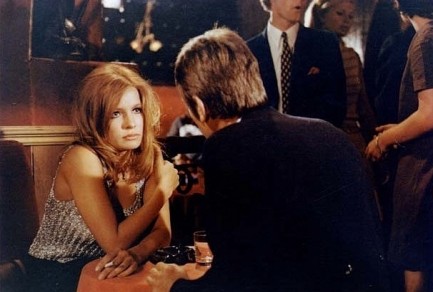 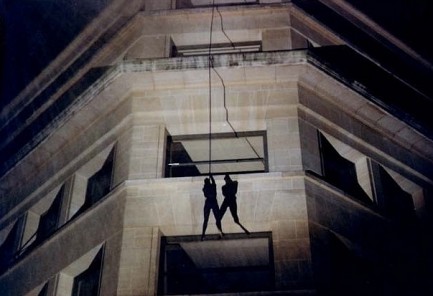 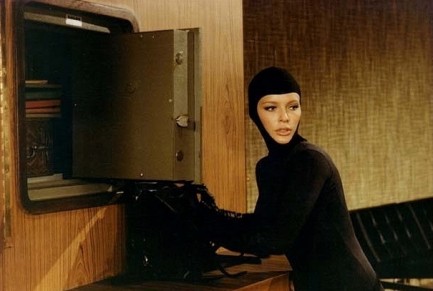 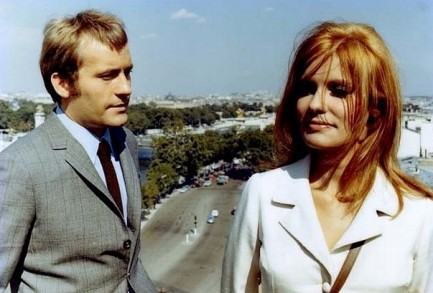 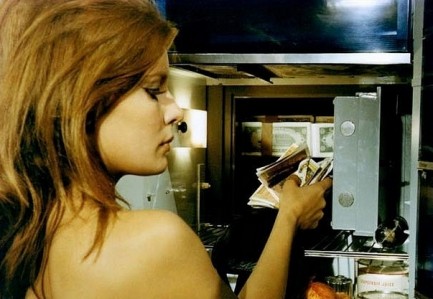 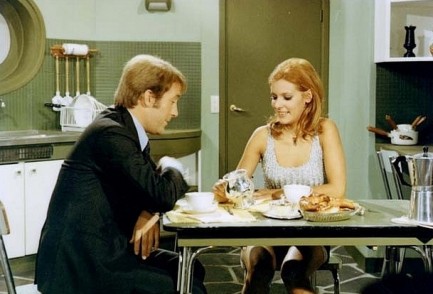 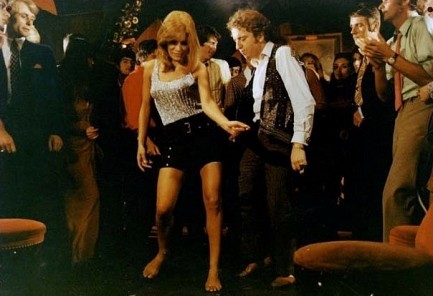 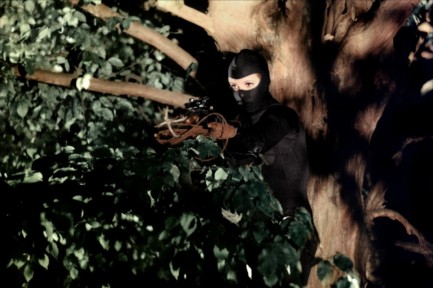 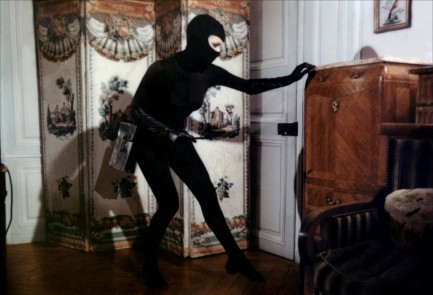 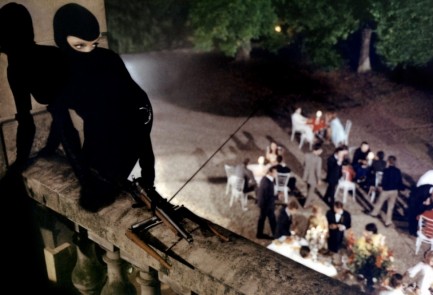 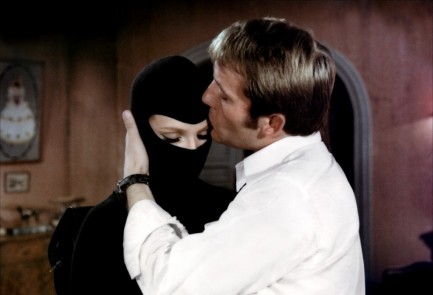 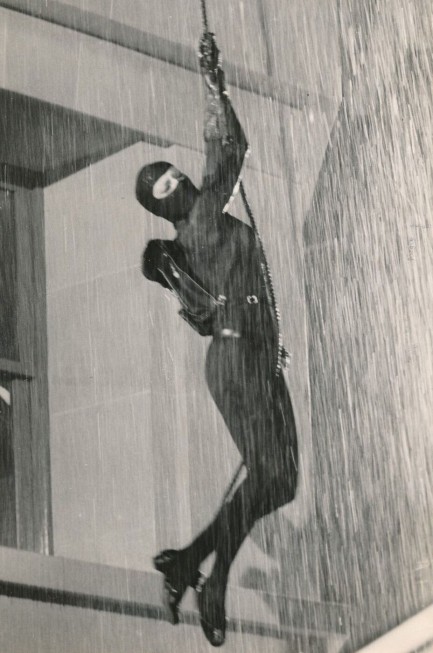 
 Ciné-Revue was the go-to publication for movie stars seeking exposure. 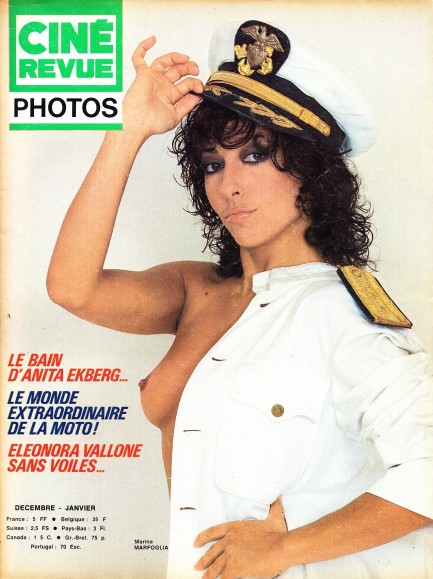
Here's your official Christmas gift, a prime example of that mid-century phenomenon we discuss often, the intersection of mainstream and adult cinema during the sixties and seventies. Ciné-Revue, which was published in Belgium and distributed there and in France, Switzerland, Canada, Portugal, Britain, and the Basque region of Spain, was at the vanguard of that idea. It highlighted both popular stars and their adult counterparts, blurring the line between the two. It wasn't hard to do. Famous performers often acted in sexually oriented films, and Ciné-Revue was a platform that helped cinematic explorations of sexual ideas be taken seriously.
The issue you see above is the cover of Ciné-Revue Photos 49, a visual compendium of actresses both world famous and somewhat obscure. The names run the gamut from Anita Ekberg to Marina Marfoglia. Marfoglia gets the cover, while Ekberg gets the rear, and that's exactly what we're talking about—the obscure elevated over the known. Both are also featured in multiple pages inside—but while Ekberg gets seven, Marfoglia gets eight and the centerfold. The issue is about a hundred pages, but we're unable to put together a post that long. Instead, we've selected some of the nicer images to warm up this winter day. Enjoy, and don't worry about us slaving over a computer. We put this collection together last week. Right now, on Christmas, we're traveling with the PIs.
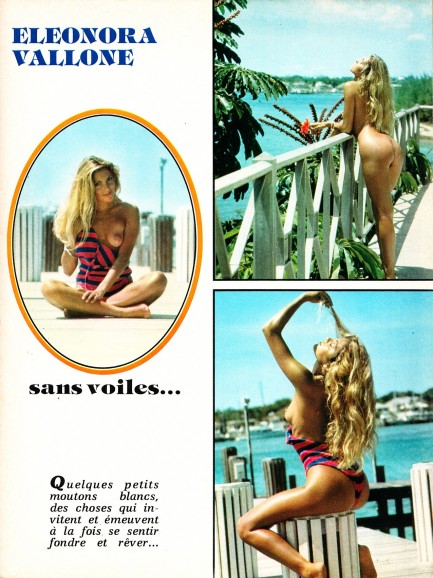 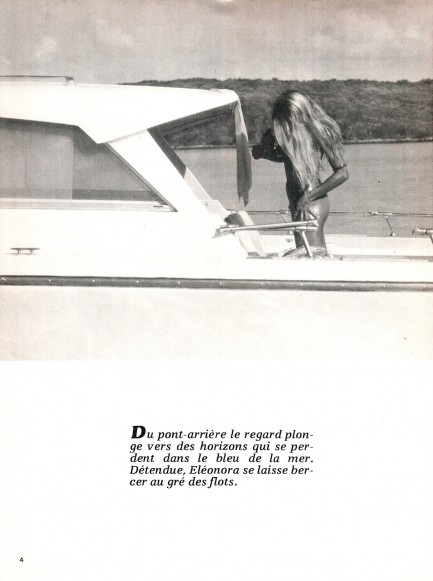  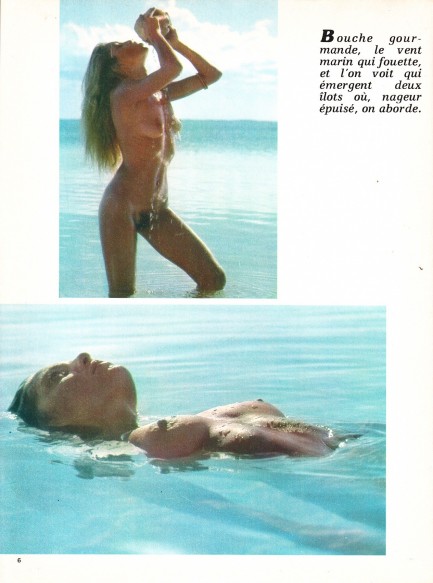 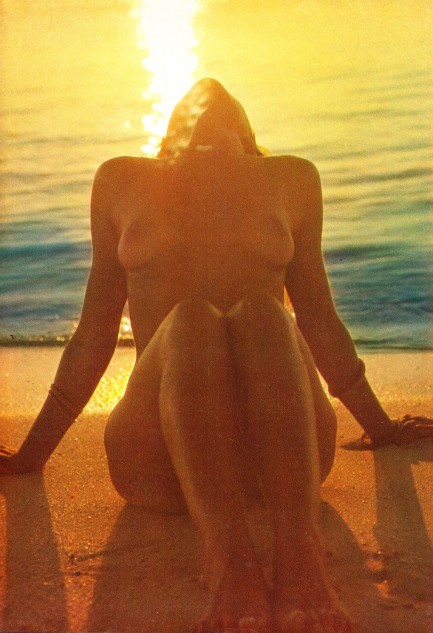 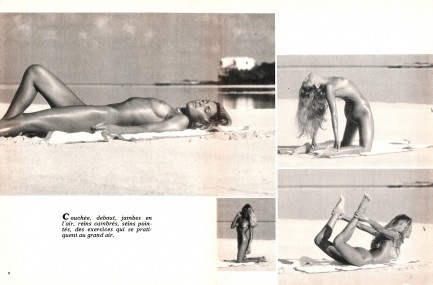 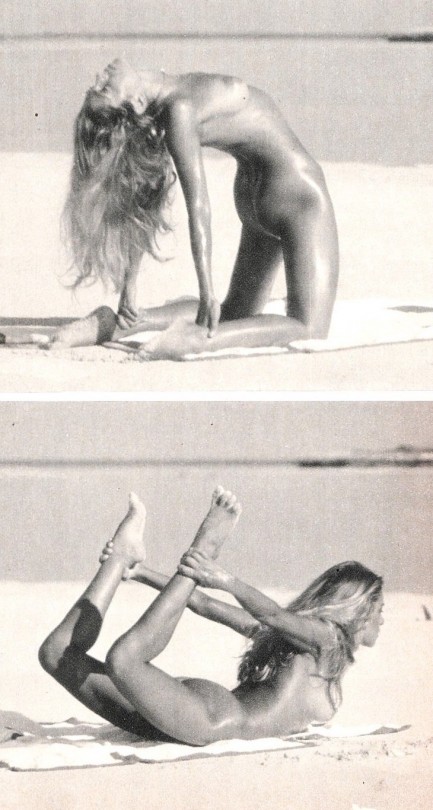 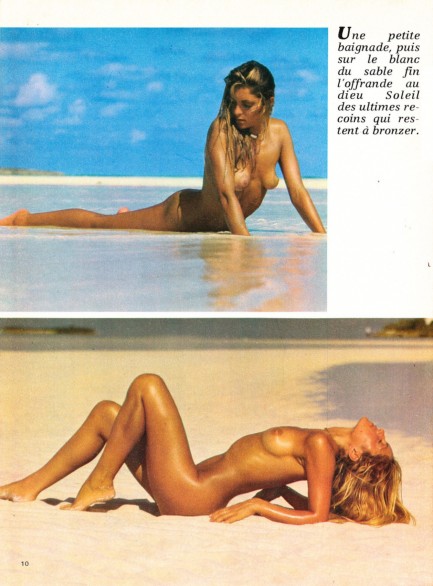 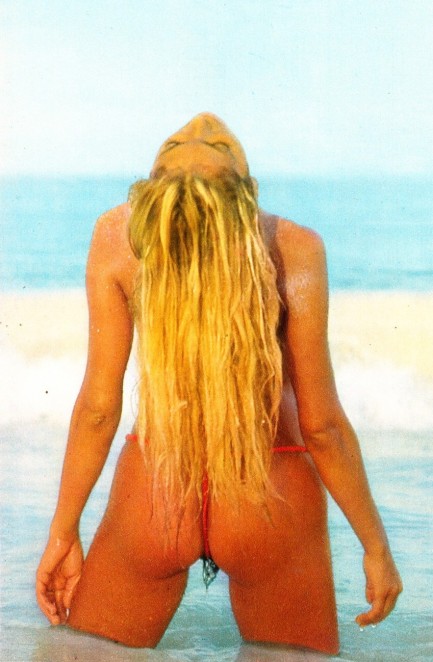  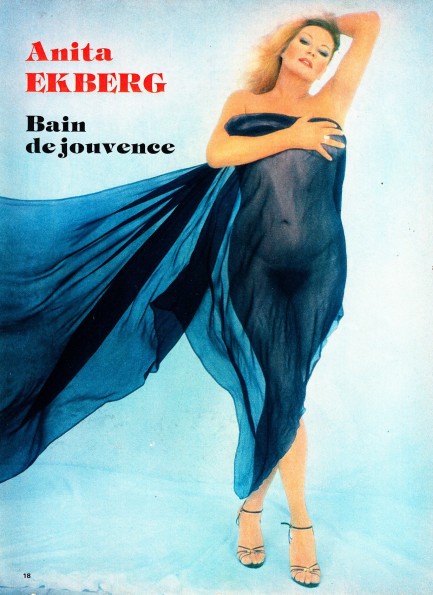 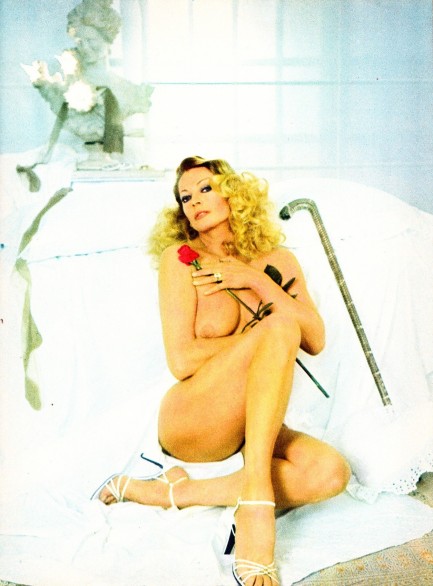 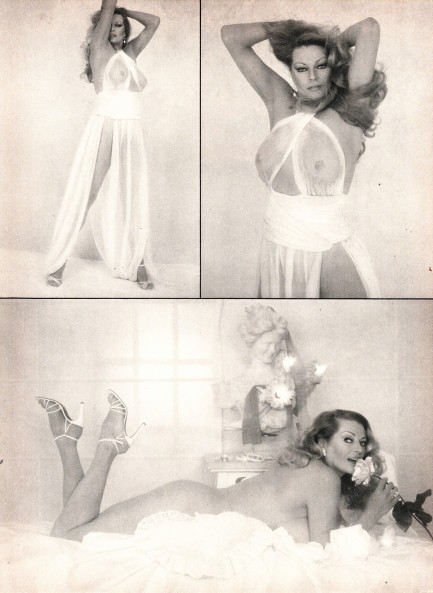 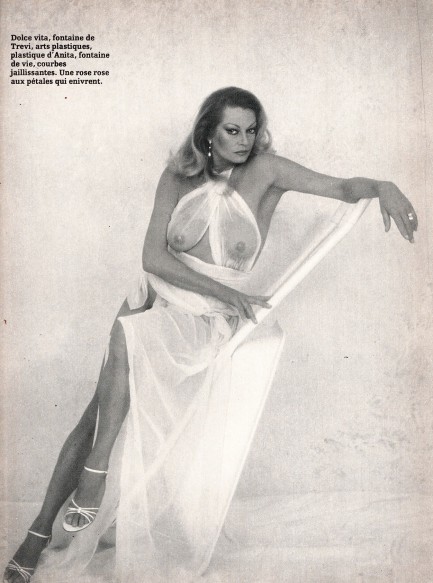 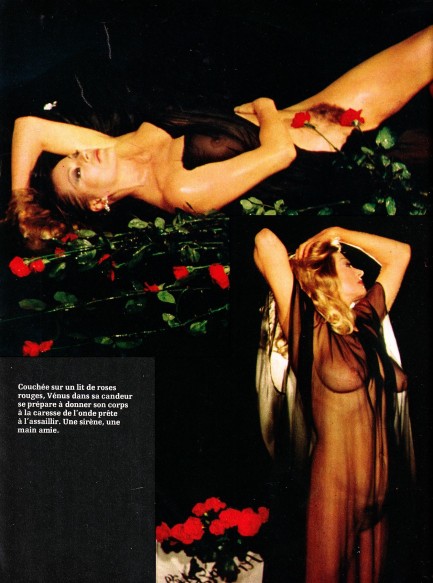 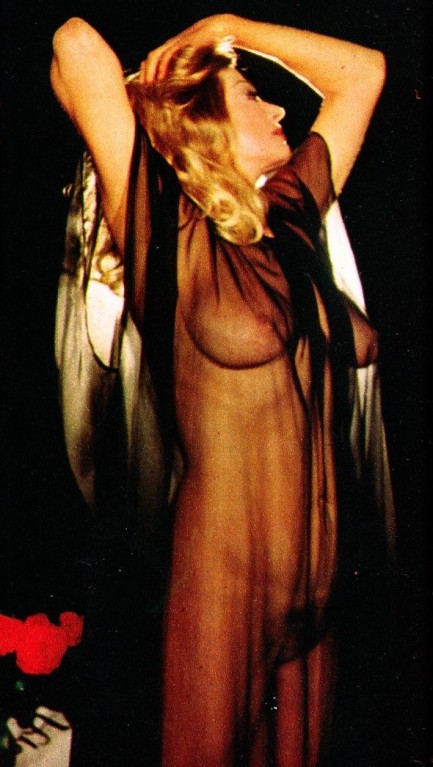 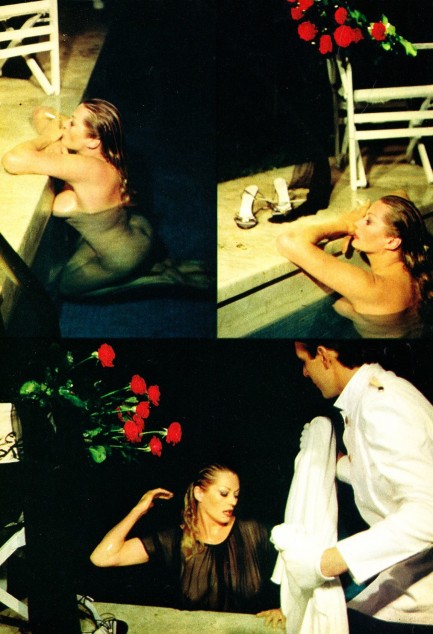 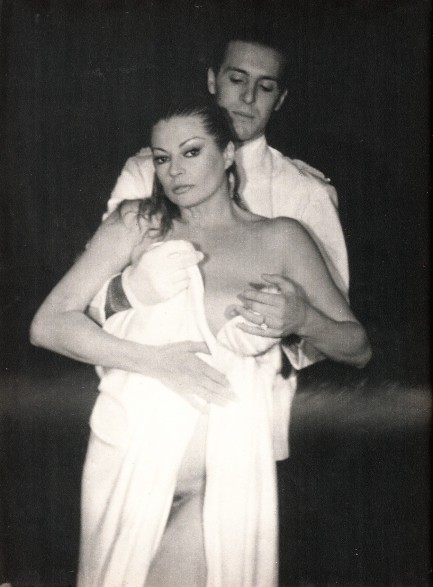 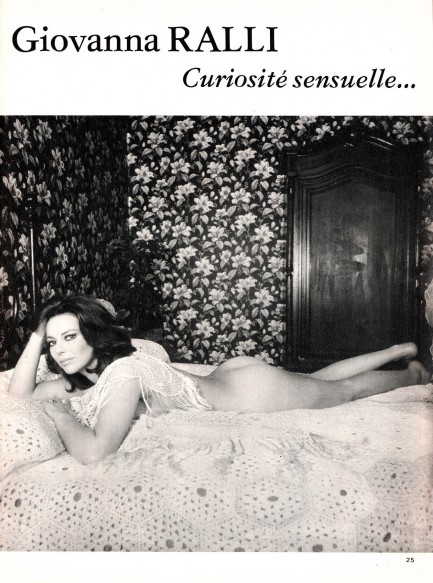 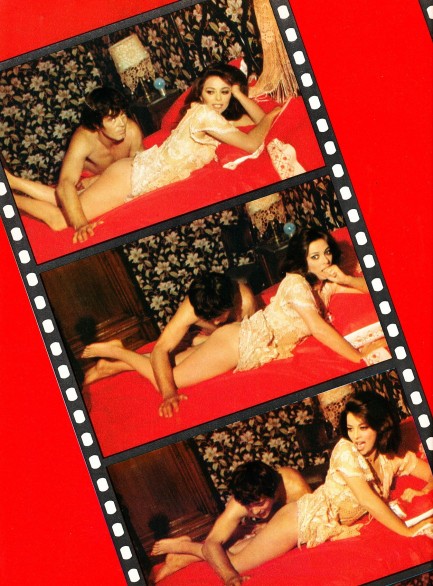 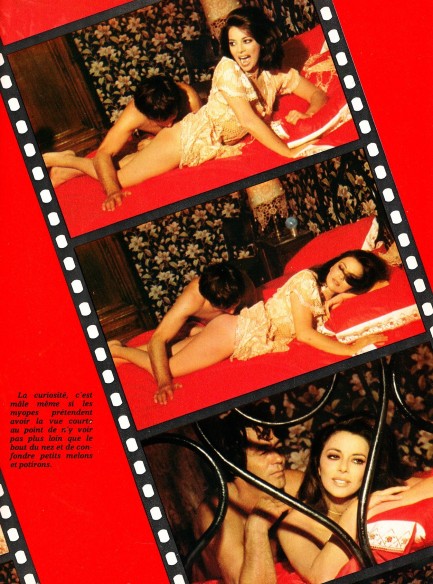 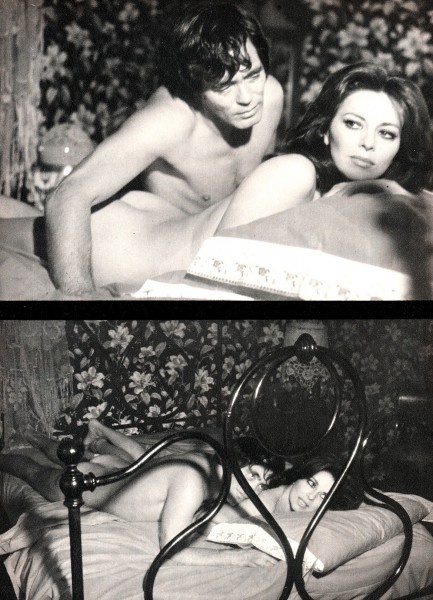 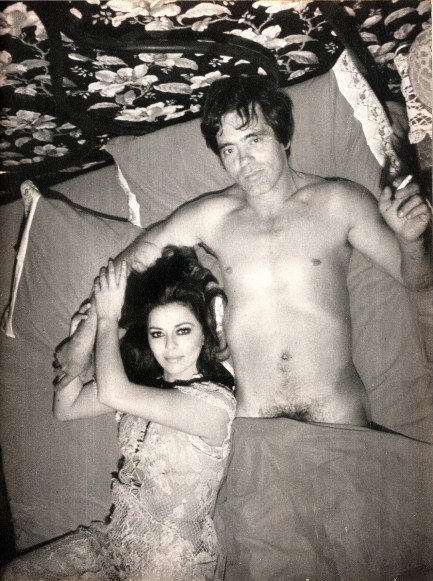 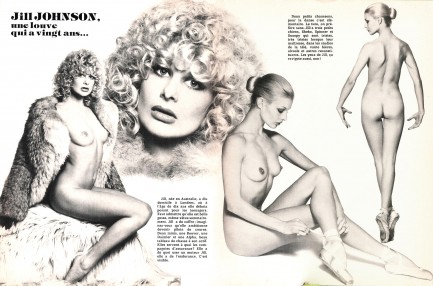 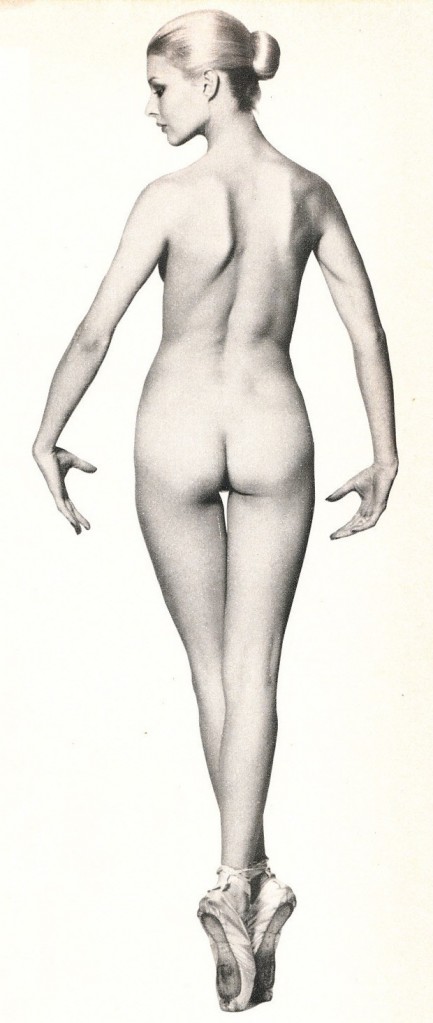 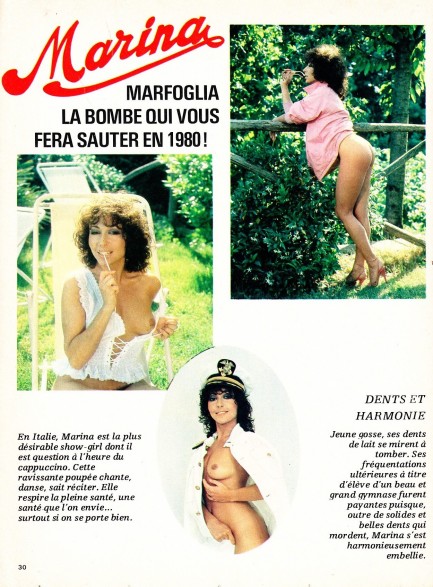   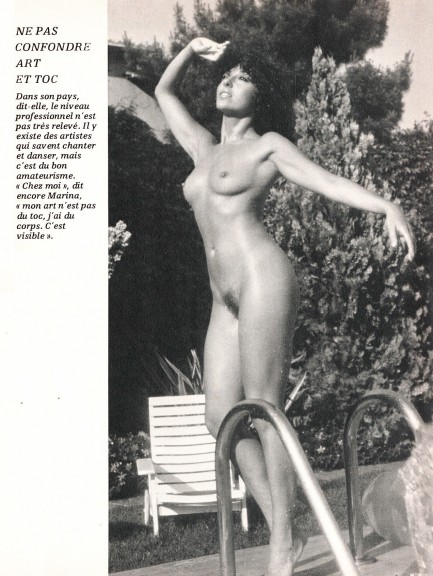  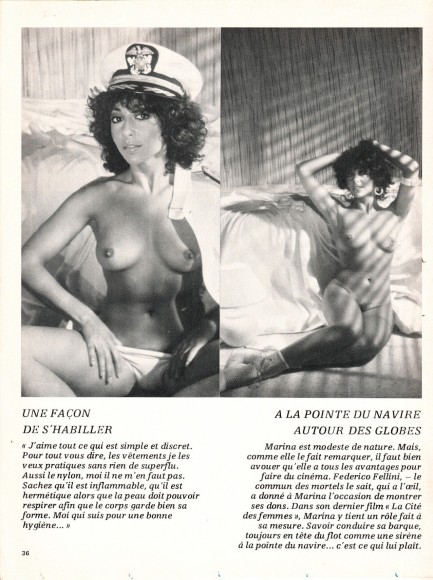  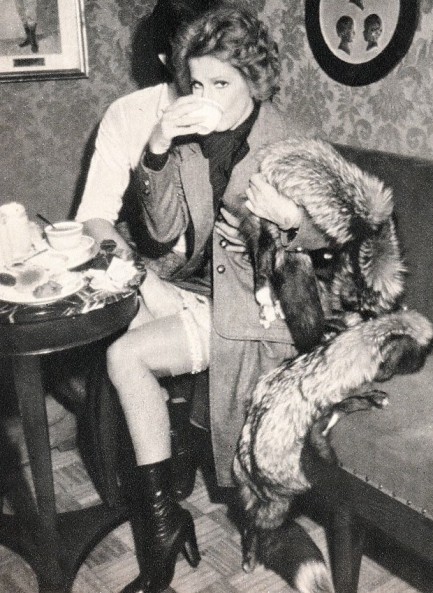 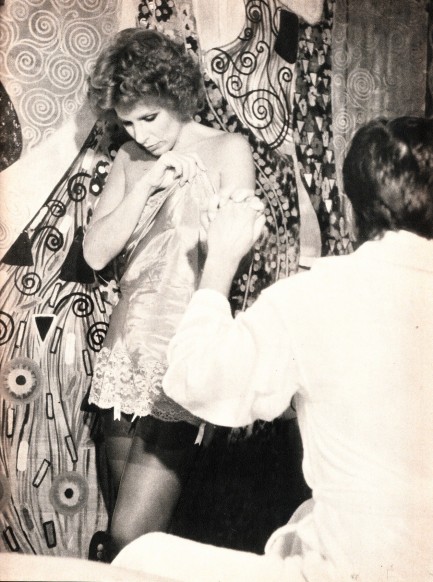 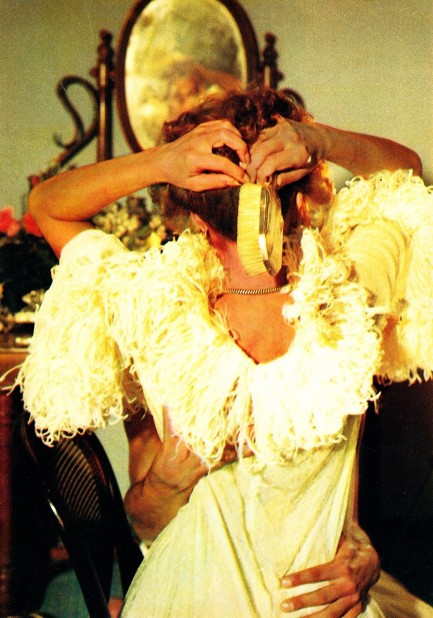 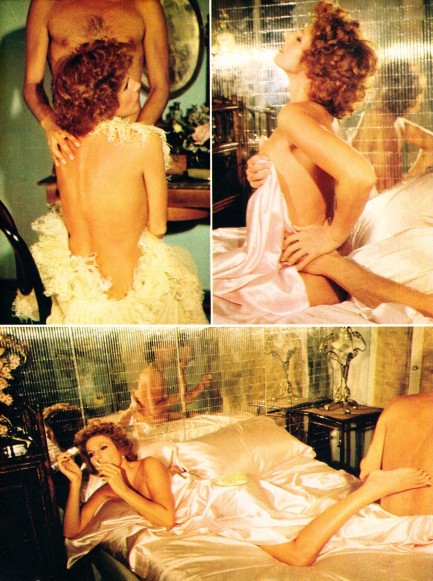 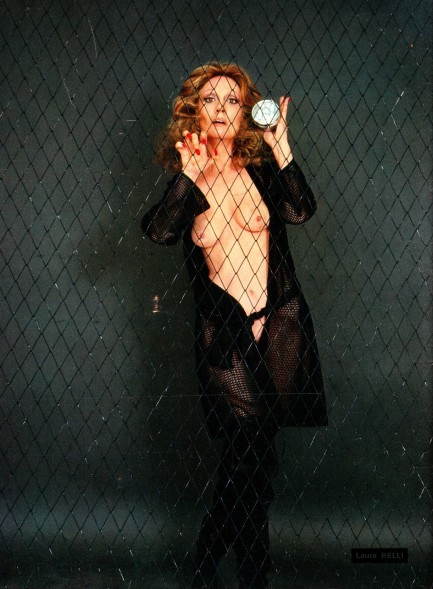    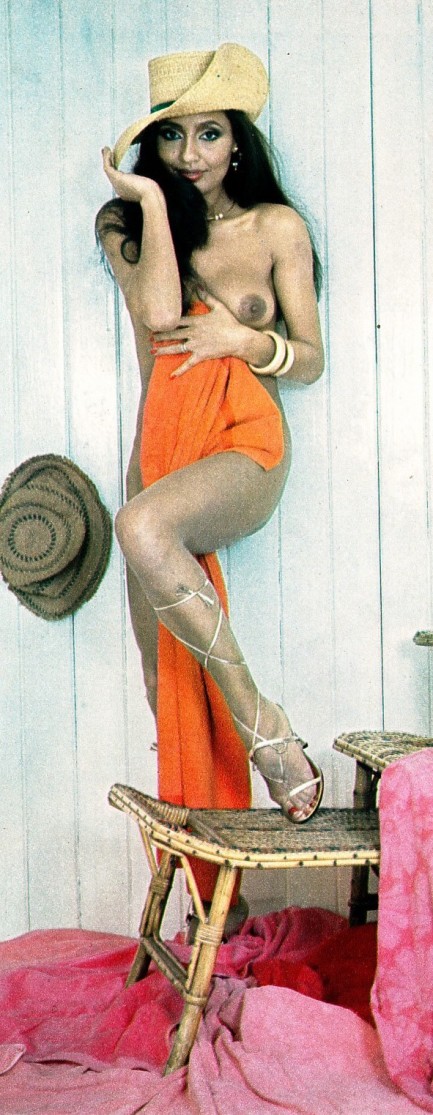 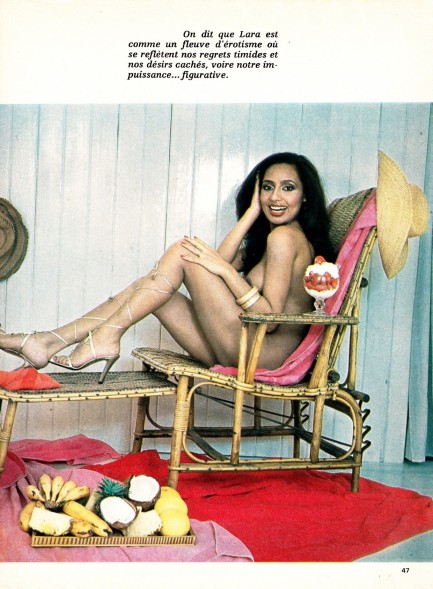 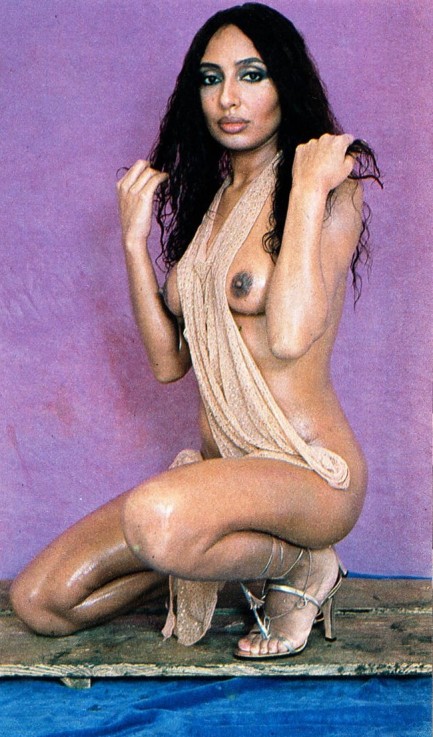   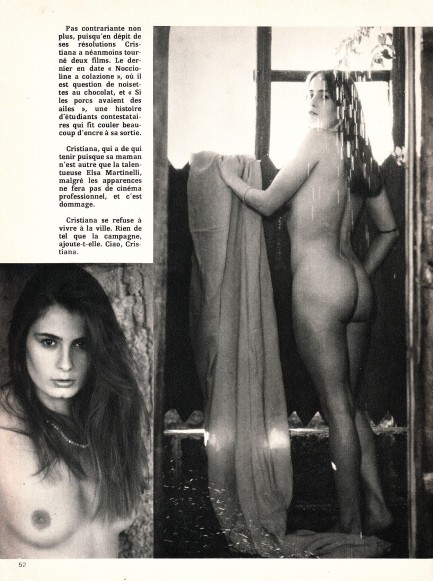 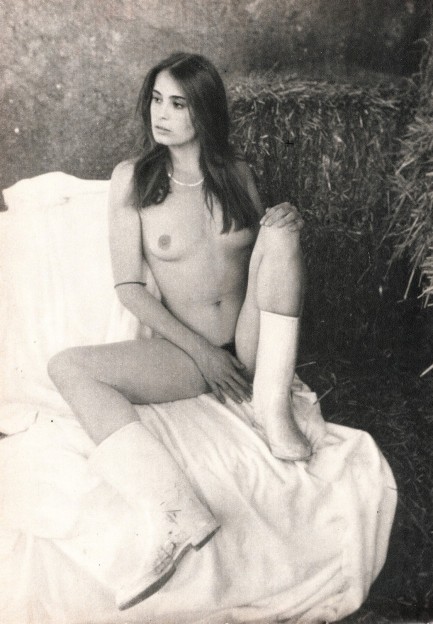 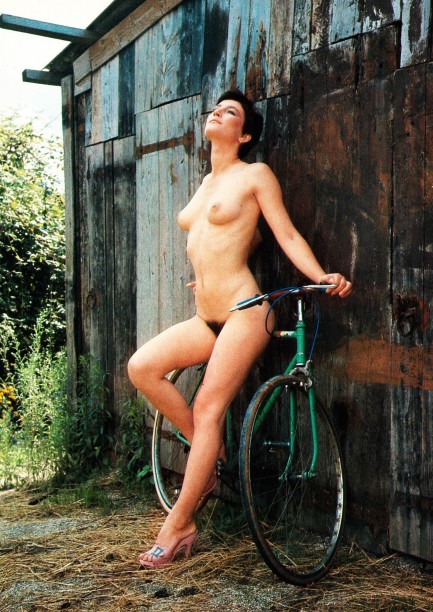 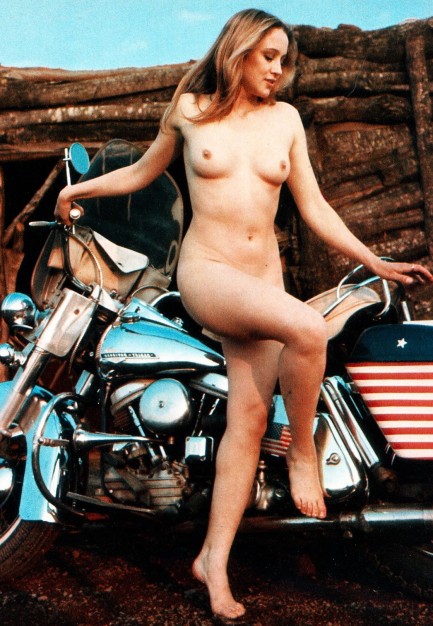 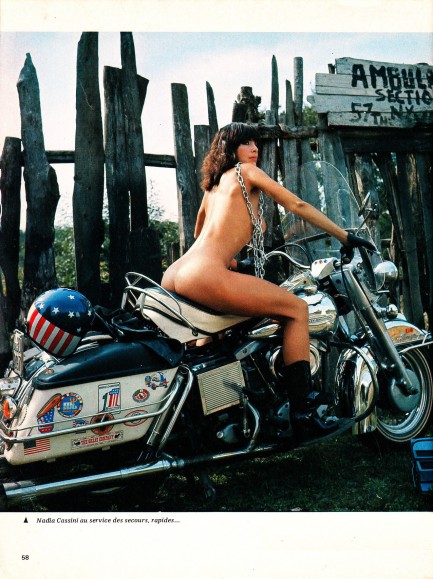  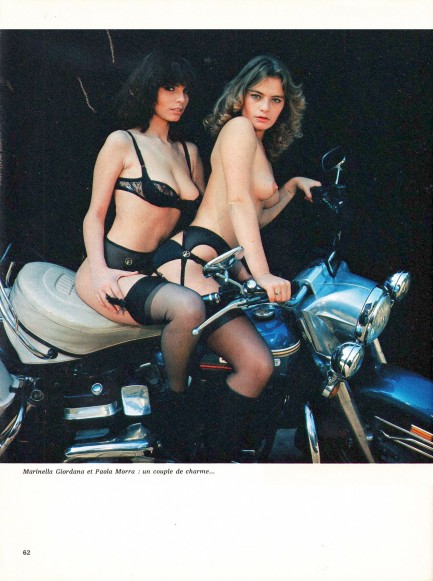  

|
 |

The headlines that mattered yesteryear.
2003—Hope Dies
Film legend Bob Hope dies of pneumonia two months after celebrating his 100th birthday. 1945—Churchill Given the Sack
In spite of admiring Winston Churchill as a great wartime leader, Britons elect
Clement Attlee the nation's new prime minister in a sweeping victory for the Labour Party over the Conservatives. 1952—Evita Peron Dies
Eva Duarte de Peron, aka Evita, wife of the president of the Argentine Republic, dies from cancer at age 33. Evita had brought the working classes into a position of political power never witnessed before, but was hated by the nation's powerful military class. She is lain to rest in Milan, Italy in a secret grave under a nun's name, but is eventually returned to Argentina for reburial beside her husband in 1974. 1943—Mussolini Calls It Quits
Italian dictator Benito Mussolini steps down as head of the armed forces and the government. It soon becomes clear that Il Duce did not relinquish power voluntarily, but was forced to resign after former Fascist colleagues turned against him. He is later installed by Germany as leader of the Italian Social Republic in the north of the country, but is killed by partisans in 1945.
|

|
|

It's easy. We have an uploader that makes it a snap. Use it to submit your art, text, header, and subhead. Your post can be funny, serious, or anything in between, as long as it's vintage pulp. You'll get a byline and experience the fleeting pride of free authorship. We'll edit your post for typos, but the rest is up to you. Click here to give us your best shot.

|
|

































































































































































































